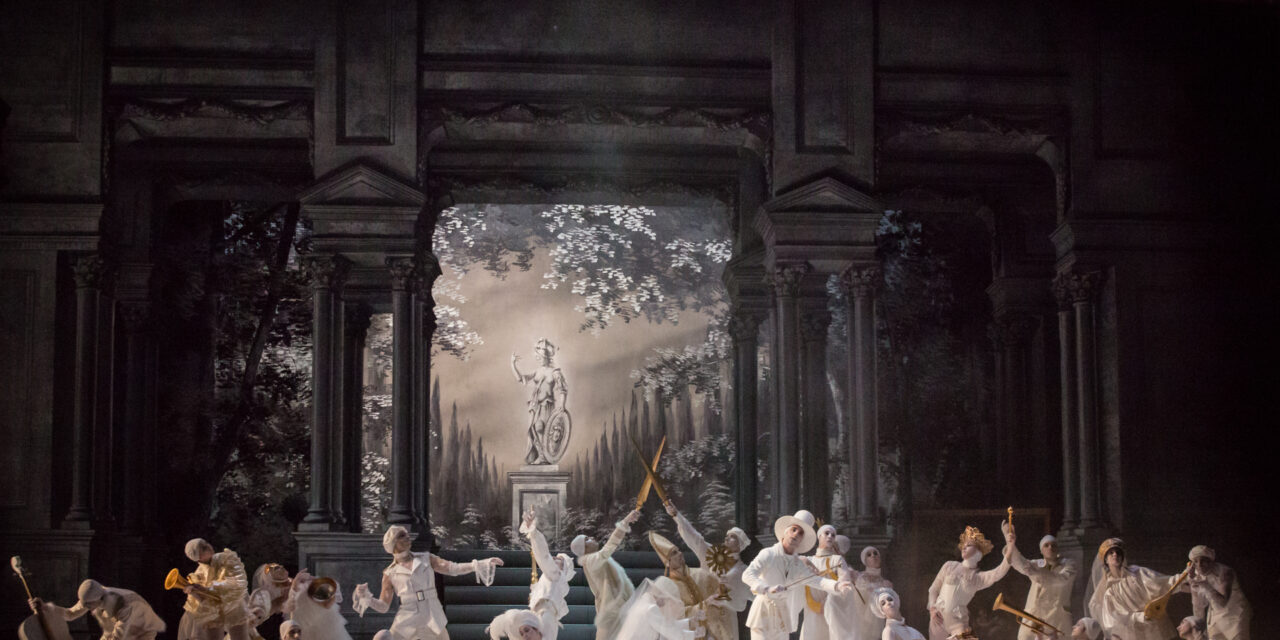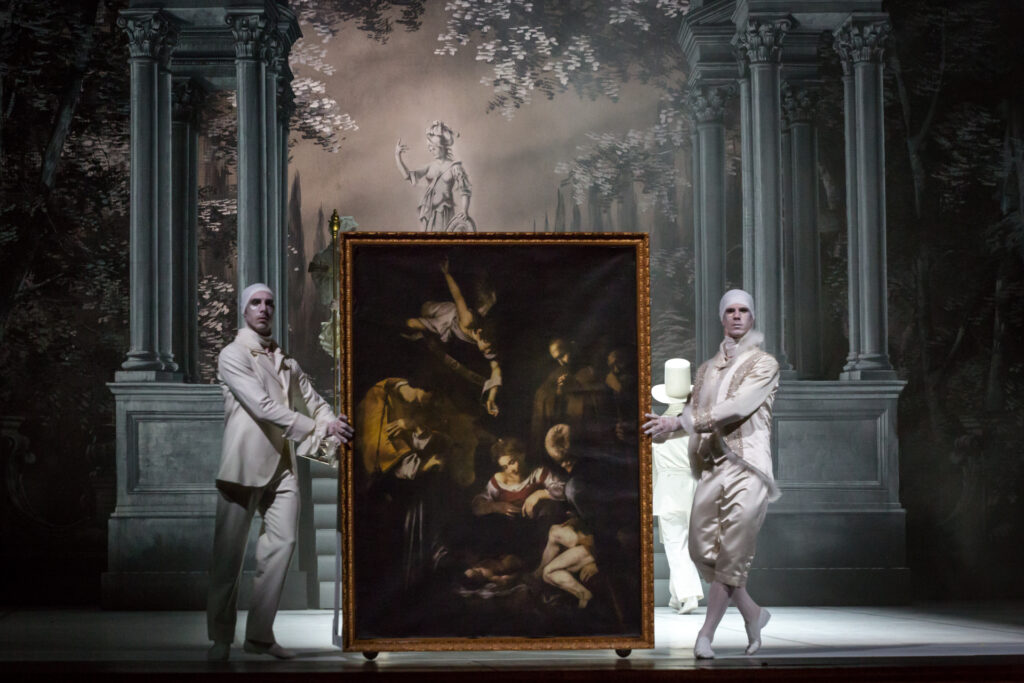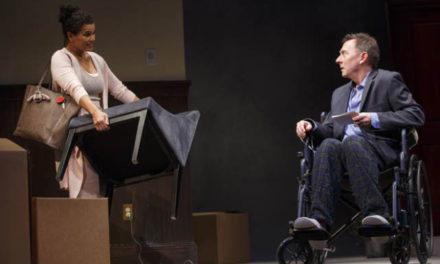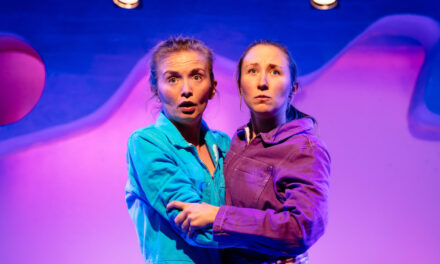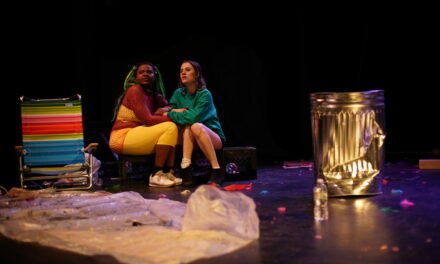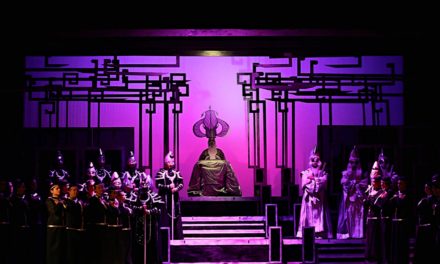The Teatro Massimo Βallet (TMB) company is one of the remaining state-subsidized ballet companies in Italy that, together with La Scala of Milan, Teatro dell’ Opera of Rome and the Opera of Naples are associated with a National Opera House. Architecturally speaking, the Teatro Massimo of Palermo – officially called Teatro Massimo Vittorio Emanuele – is the largest scale national opera house in Italy and the third in largest Europe after the Paris National Opera House and the Staatsoper in Vienna. In 2014, the TMB company was at risk of being shut down due to financial cuts, but thanks to Francesco Giambrone, the current superintendent (il sovrintendente in Italian), and his innovative cultural, social and educational projects, it still thrives with a team of 35 contract-based, well-trained and versatile dancers and a program strongly adapted to the local and touristic needs of Palermo, the sun-washed capital of the Sicily region. The TMB company mainly performs a repertoire of classical and contemporary ballet with a few exceptions of modern and contemporary dance repertoire such as the tributes to Martha Graham (2015) and Carolyn Carlson (2018) respectively. This year’s program opened in March with a shared evening of works by Angelin Preljocaj and the Kor’sia company, it proceeded with the Pink Floyd-Carmen Suite – by Micha van Hoecke and Alberto Alonso respectively – and it will conclude with Lienz Chang’ s The Nutcracker during the Christmas season.
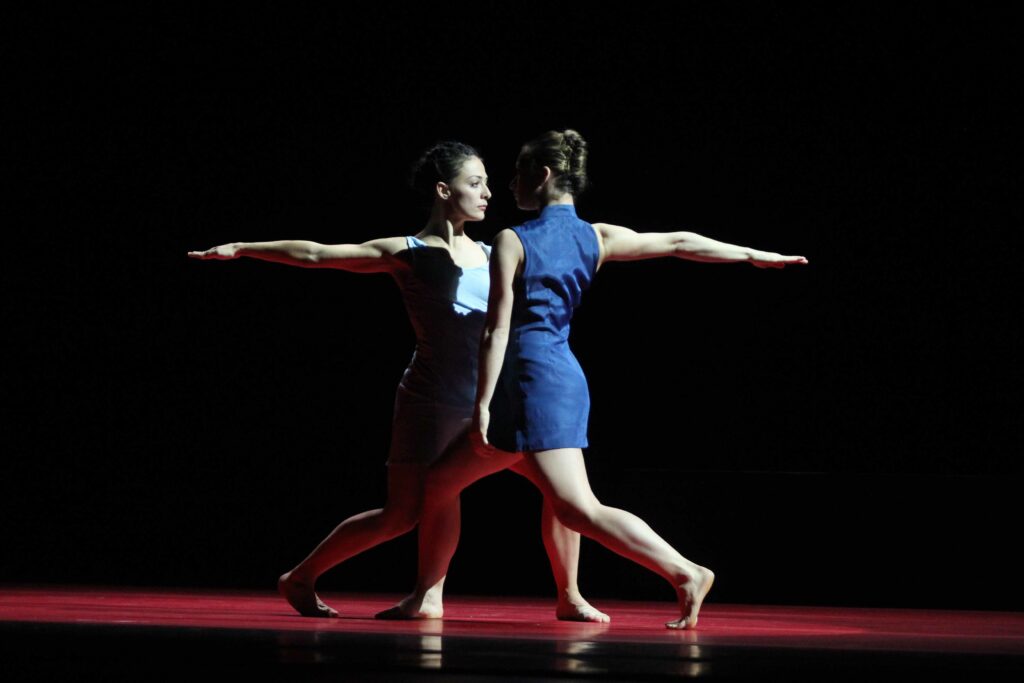
Annunciation at Teatro Massimo of Palermo with Annamaria Margozzi e Francesca Bellone. Photo Credit Franco Lannino.
The well-established French choreographer Angelin Preljocaj had his debut in Palermo on March, 20 with Annunciation (in French Annonciation), a short duet that premiered in 1995 at the Opera of Lausanne and in 1997 it received the Bessie Award at the 13th edition of the New York Dance and Performance Award. It has been reconstructed under the rehearsal direction of Claudia De Smet, who was part of the original cast, and it has been interpreted by the TMB members Annamaria Margozzi and Linda Messina in the role of Maria and Francesca Bellone and Yuriko Nishihara in the role of the Angel. Although approximately a quarter of a century after its creation, the “Annunciation”, like every kind of creative and biological conception, remains a timeless topic. The moment of conception or better the moment of the transmission of the message of conception from the Archangel to Virgin Mary has been central in Christian iconography (for instance in paintings by Leonardo da Vinci and El Greco) but as Preljocaj asserts, the theme has rarely been treated through choreographic means; something of a paradox considering that the body is the primary tool for every dance creation as well as the Annunciation. The process and experience of body transformation during the gestation period should be expected to be central in the art of dance whose fundamental means of expression is the body. However, this absence could be justified by the long separation between Christianity and Dance and by extension between spirit and body. In Preljocaj’s version of Annunciation, acceptance, and doubt, together with happiness, worry and anger depict the mixed feelings of the Virgin Mary and set the event that has been the basis of the occidental religion.
In Annunciation, formalism in movement and gestural precision-recall Preljocaj’s early influences of classical ballet, the Cunningham technique, the German expressionism and la nouvelle danse francaise that has been transmitted to him especially through his collaboration with Dominique Bagouet. Tension between the moving bodies, clear and sharp lines, profound precision of movement, and gestures build a movement language that narrates the story of Annunciation: the appearance of the angel who reveals the news, the doubt and the fear on behalf of Maria, her joy and disquiet for the social impact of the gestation and the responsibility of her role as The Mother. Softness and fragility as performed by Maria (Annamaria Margozzi and Linda Messina) are interlaced with dynamic movements that are evident in Angel ’s choreography (Francesca Bellone and Yuriko Nishihara). It is a duet of opposites that is performed by two female dancers who are placed in a way to reflect each other (as in a relationship between two sisters). This is a rather innovative approach, as the Angel is often depicted in classical iconography as a male character. In this way, the intimate moments between the two female bodies (even the mouth kiss between them) make evident the biological inaccuracy of the religious event and emphasize its spiritual dimension.
It has been a very courageous decision on behalf of Teatro Massimo’s direction to appoint two young, but promising and already multiple award-winning choreographers – Antonio de Rosa and Mattia Russo, who comprise the Kor’sia company – and give them the chance to share the same program with an already established choreographer. Clear and minimal lines in the first part of the program contradict the richness of Sicilian baroque in the second part. Kor’sia’s humoristic and light-toned work that in the beginning breaks the fourth wall, follows Preljocaj’s hermetically poetic work. The drama of comedy and tragedy succeeds in the elegance and austerity of abstraction. The nowhere and everywhere, the almost eternal, where the Annunciation takes place – as it is staged at the empty black stage of Teatro Massimo – gives its way to the specific location of the oratory of San Lorenzo in Palermo – evident in the set design of Christian Lanni with borrowed elements from an early work by Massimo Puppieno.
As the story of Kor’sia’s Siciliana unfolds in the oratory of San Lorenzo, the Giacomo Serpotta’s statues become alive during the night like the picciriddi, yesterday’s and today’s children that play in the streets of the historical center of Palermo. The oratory of San Lorenzo gradually transforms into a night-club and the Kor’sia choreographers are truly masters in creating through the bodies of TMB company, a rich visual effect full of movement complexity and polyphony. Kor’sia’s Siciliana, as the title suggests, aims to evoke the Sicilian culture and mentality about the sun, the food and the good company that help to heal even the deepest sorrows. The story narrates some of the events that highlighted the history of the island and specifically the city of Palermo; with predominant examples being the reference to the mafia through the robbery of Caravaggio’s painting that depicted St. Francis and St. Lawrence and the shutting down of Teatro Massimo during the dark years of the mafia’s domination in the island. Besides these events, the Kor’sia company further conducts research on how cultural identity could be represented on stage through bodies and with the use of a non-traditional movement language. They rather use the language of classical ballet as an objet trouvé (found object) – a decision that reflects their choice to reuse an already existing set design and it is aligned with their performance training – in order to enrich and even challenge it.
Although Siciliana is a pure joy to watch, the narrative of the work is slightly problematic. A cyclical dramaturgy that begins with the awaking of Serpotta’s statues when the oratory shuts down and concludes with the arrival of the daylight when all statues return to their places is evident of a dramaturgical approach that lacks creativity and flirts in some respects with naivety. This device recalls the Nutcracker’s libretto and other popular children’s stories. Overall, Siciliana is probably a very meaningful choreographic work for Sicily, but it is hard to imagine it outside the specific context of the city and the island.
TMB company responds eagerly and with professionalism to the choreographic challenges of every season (for instance from Carolyn Carlson’s to Matteo Levaggi’s creations or the adaptations of Marius Petipa’s choreographies). However, the curation of the program needs better cohesion, and in some respects a sort of modernization, that will speak outside the borders of the city and will place the company actively in the international dance scene.
This article appeared in [CultureVulture] on [August 8, 2019], and has been reposted with permission.
This post was written by the author in their personal capacity.The opinions expressed in this article are the author’s own and do not reflect the view of The Theatre Times, their staff or collaborators.
This post was written by Ariadne Mikou.
The views expressed here belong to the author and do not necessarily reflect our views and opinions.

